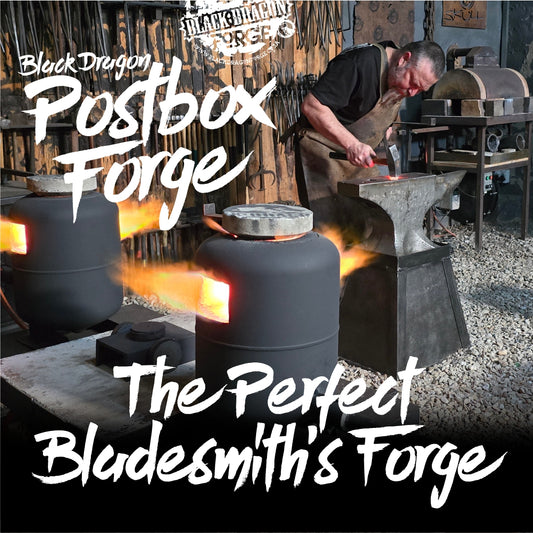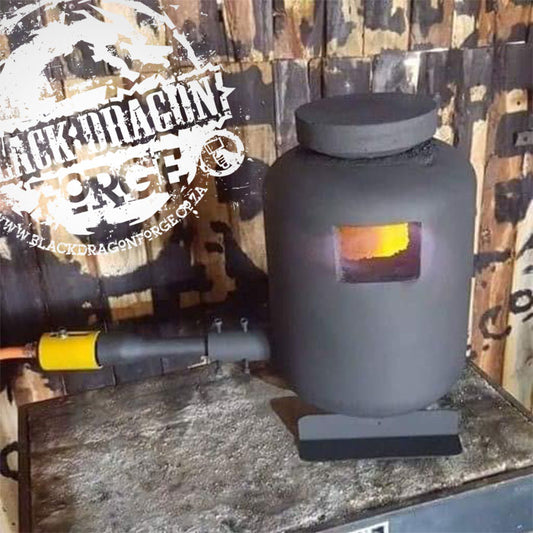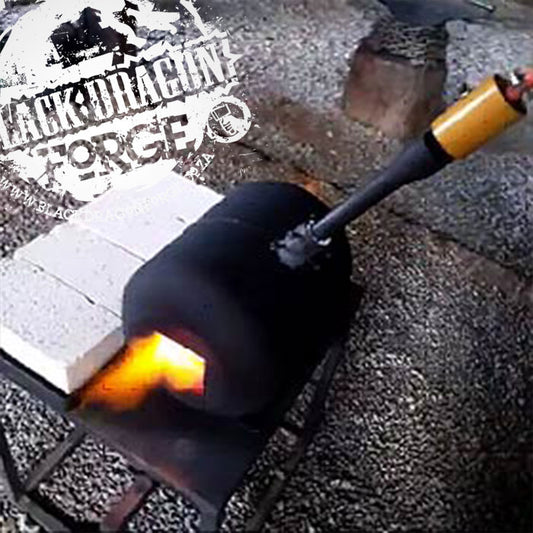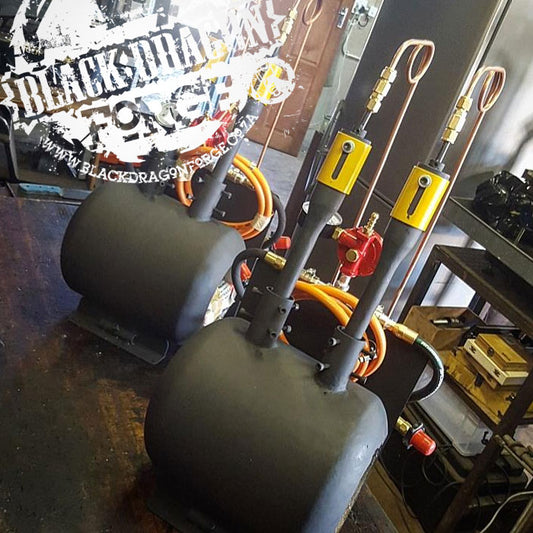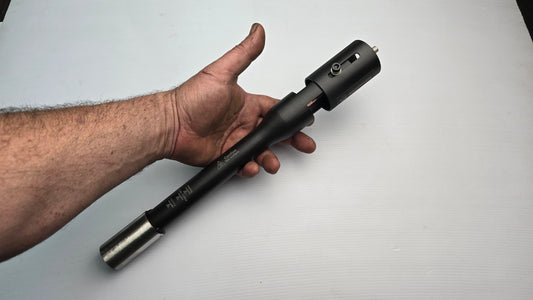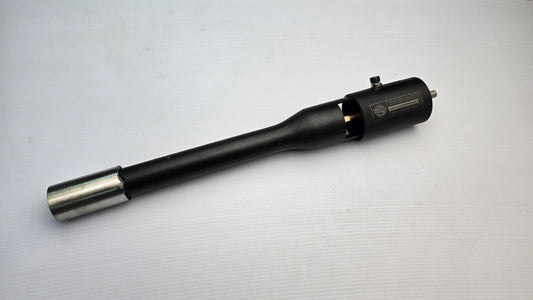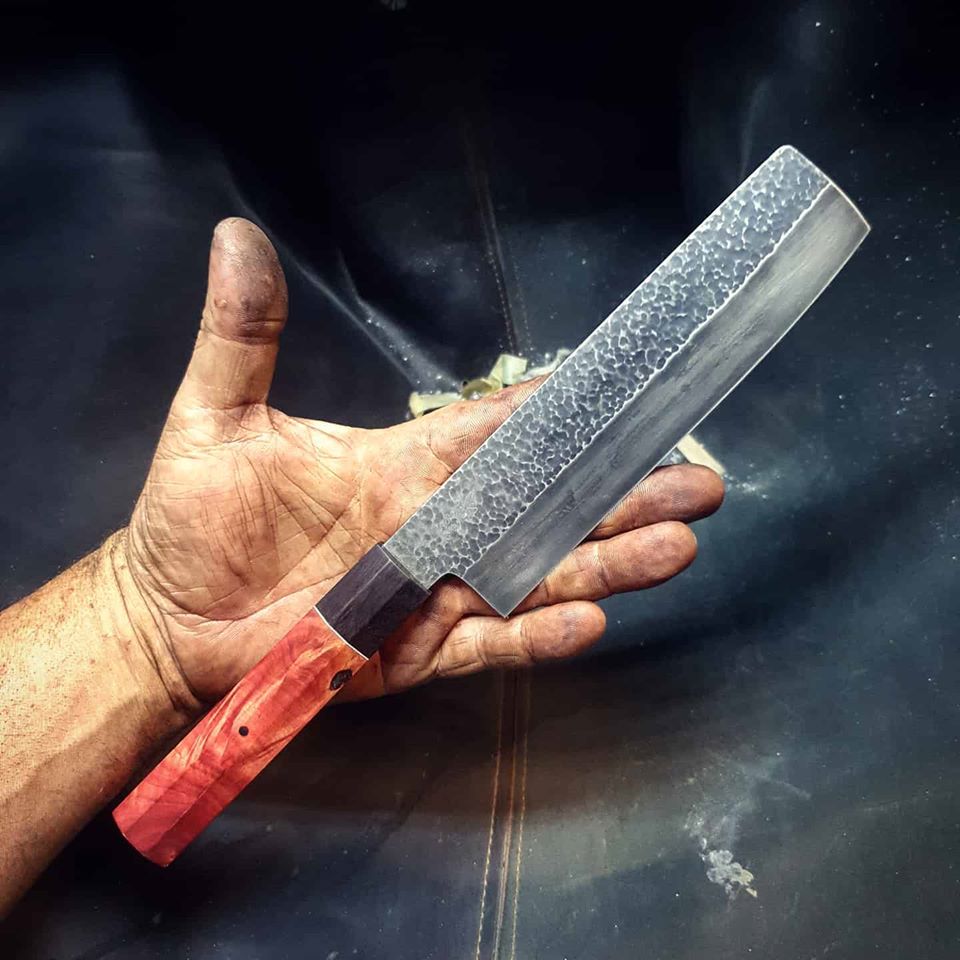
The Japanese Santoku: The Culinary Three Virtues
Neels Van Den Berg
Introduction
In the world of culinary arts, knives are more than just tools; they are extensions of a chef's hand, indispensable instruments that can make or break a dish. Among the diverse range of knives available, the Japanese Santoku stands out as a true embodiment of culinary excellence. Often hailed as the "three virtues" knife, the Santoku boasts a rich history, remarkable versatility, precision, and an exquisite balance that make it an indispensable tool in the kitchen. In this article, we will delve into the world of the Japanese Santoku knife, exploring its origins, its three virtues, and its enduring relevance in modern cuisine.
History of the Santoku
The Santoku, whose name translates to "three virtues" or "three uses," traces its roots to Japan. This multipurpose knife first appeared in the mid-20th century, evolving from traditional Japanese vegetable knives. Its design reflects a fusion of Western and Japanese culinary influences, making it uniquely adaptable to a wide range of kitchen tasks.
The Santoku is characterized by its relatively short blade, typically ranging from 5 to 7 inches in length. This length is perfectly suited for precision cutting while maintaining control. Its blade features a flat edge with a slight curve at the tip, allowing for both slicing and chopping with ease. The Santoku's wide blade and thin edge reduce friction and prevent food from sticking, a testament to its thoughtful design.
Virtue 1: Versatility
One of the most remarkable virtues of the Santoku is its versatility. This knife is a true all-rounder in the kitchen. Whether you're chopping vegetables, slicing meat, or mincing herbs, the Santoku excels in a wide array of culinary tasks. Its shorter blade makes it easy to maneuver, and its sharp edge ensures precision, making it a favorite among chefs for tasks like julienning, dicing, and fine slicing.
Consider the Santoku your go-to tool for preparing a variety of dishes. It effortlessly tackles delicate tasks like slicing tomatoes or chopping herbs, and it's equally adept at handling denser ingredients like butternut squash or meats. With the Santoku in hand, you can streamline your cooking process and achieve consistent, professional results.
Virtue 2: Precision
Precision is another hallmark of the Santoku knife. The knife's thin blade and sharp edge allow for delicate, controlled cuts, making it the perfect choice for intricate knife work. Whether you're crafting paper-thin slices of sashimi or precisely dicing onions for a fine mirepoix, the Santoku delivers accuracy with every stroke.
Chefs worldwide appreciate the Santoku for its ability to execute precise cuts effortlessly. It empowers culinary artists to showcase their skills, ensuring that each ingredient is treated with the utmost care and attention.
Virtue 3: Balance
Balance is the third virtue that defines the Santoku knife. It achieves a harmonious equilibrium between the blade and the handle, which significantly enhances the knife's usability. This balance allows for extended periods of use without causing hand fatigue, making it a trusted companion for chefs working through lengthy meal preparations.
Compared to other knives, the Santoku's balanced design ensures that the weight is distributed evenly, creating a comfortable and efficient cutting experience. This equilibrium contributes to its popularity in both professional and home kitchens.
Choosing the Right Santoku
Selecting the right Santoku knife is crucial to maximize your culinary experience. Consider factors such as blade material, handle type, and size. High-quality Santoku knives are often made from high-carbon stainless steel, offering exceptional sharpness and durability. The handle should provide a secure grip and be comfortable for extended use. When it comes to size, choose a Santoku that suits your hand size and the tasks you frequently undertake in the kitchen.
Caring for Your Santoku
To maintain your Santoku's performance and longevity, proper care is essential. Regularly sharpen the blade using a honing rod or whetstone to keep it razor-sharp. Hand wash the knife with mild detergent and warm water, avoiding abrasive scouring pads or dishwashers. Store it in a knife block or magnetic strip to protect the blade and prevent accidents.
Avoid common mistakes like using it on hard surfaces, cutting frozen foods, or using excessive force, which can damage the blade or cause accidents in the kitchen.
Santoku in the Modern Kitchen
Beyond its roots in Japan, the Santoku has gained international acclaim and is now a staple in kitchens worldwide. Renowned chefs such as Gordon Ramsay and Jamie Oliver have praised its versatility and precision. In contemporary culinary culture, the Santoku stands as a symbol of excellence and innovation in cutlery.
FAQs (Frequently Asked Questions)
-
What does "Santoku" mean in Japanese?
- "Santoku" translates to "three virtues" or "three uses," reflecting its versatility in the kitchen.
-
Is the Santoku suitable for left-handed individuals?
- Yes, many Santoku knives are designed with ambidextrous handles, making them suitable for both right-handed and left-handed users.
-
Can I use a Santoku knife for slicing bone-in meats?
- While the Santoku excels at many tasks, it's not ideal for cutting through bone. For such tasks, a heavier, cleaver-style knife is more appropriate.
-
How does the Santoku compare to other Japanese knives?
- The Santoku differs from other Japanese knives like the Gyuto (chef's knife) in its shorter length and specific design for versatile cutting.
-
Are there any safety considerations when using a Santoku knife?
- Always use caution and proper cutting techniques when handling any knife. Keep your fingers away from the blade, and use a cutting board with good grip.
Conclusion
The Japanese Santoku knife, with its rich history and the culinary virtues of versatility, precision, and balance, is a true gem in the world of cutlery. It empowers chefs and home cooks alike to elevate their culinary creations with finesse and expertise. As you embark on your culinary journey, consider the Santoku as your trusted companion, ready to unlock new dimensions of flavor, artistry, and precision in your cooking.

